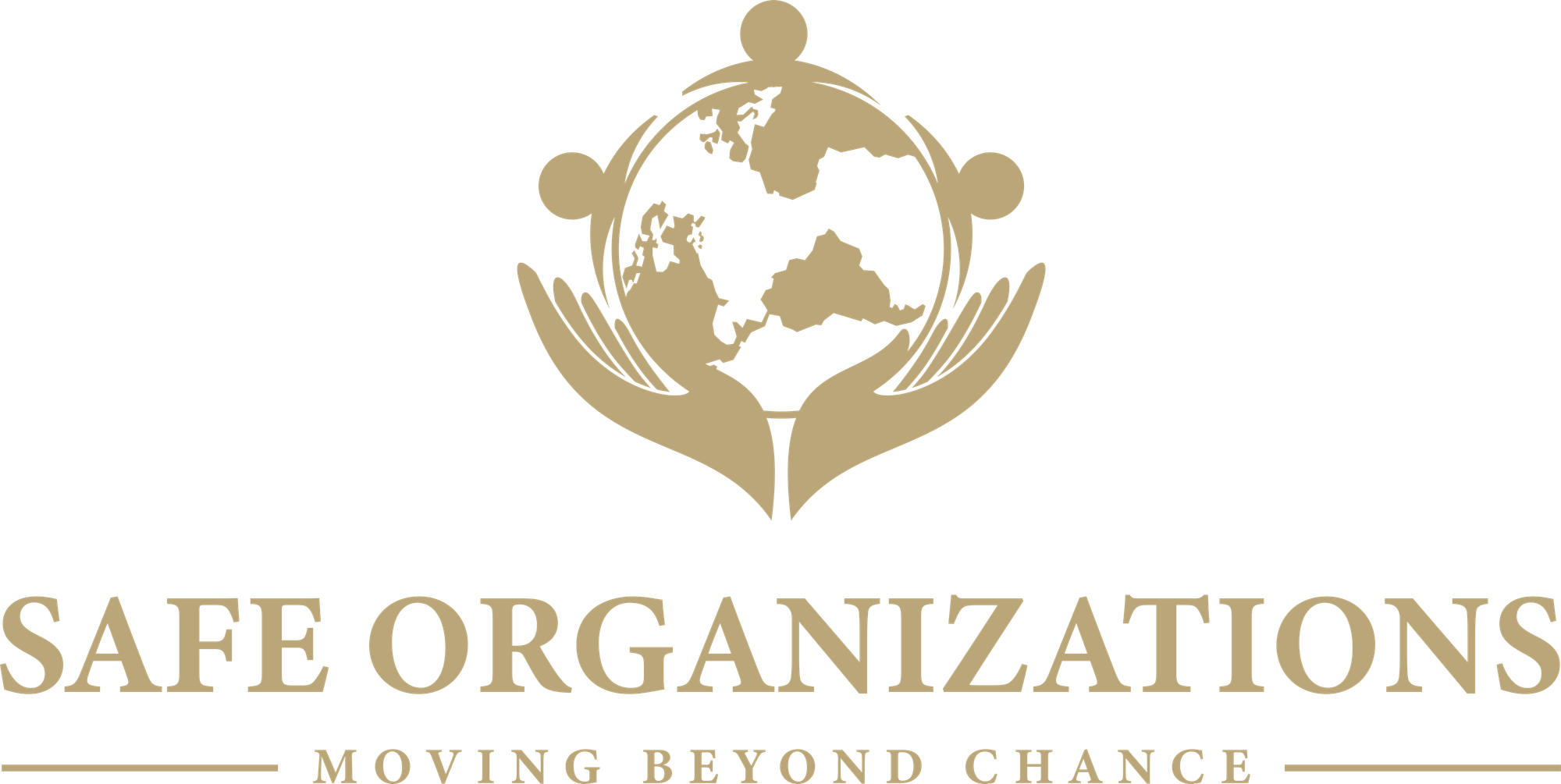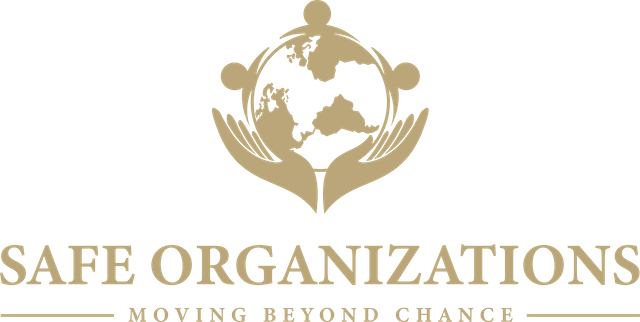Striking a Balance between Training and Engagement
You open an email from your organization: “You have 30 days to complete a mandatory training about [insert topic].” In that moment - even just a split second - you deeply exhale, furrow your brows, or roll your eyes. 🤦🏽♀️ Instantly, your schedule flashes before your eyes. When will you have time to complete it? And how does this actually add value to you?
This probably sounds familiar. Believe me, we've all been there. And with the start of the new year comes a whole host of "mandatory training" sessions. The entire training cycle doesn’t really evoke a sense of excitement or motivation. Right?! You probably find yourself clicking through an online training while your mind wonders. Unrelated questions and random thoughts float through your head: "I really need to schedule that dentist appointment." "What's for dinner tonight?" "Can I push that meeting back one more day?"
Without a fully conscious effort, you reach the end of the training feeling...well, what exactly? Do you feel smarter? More informed? Better prepared? Maybe, or maybe not.
In this article, we'll explore the concepts of training and engagement, how the approaches to learning are different, how they intersect, and the reason that effective learning models rely on both.
The Importance of Training and Engagement
Training
In today's rapidly evolving workplace, it's important that organizations recognize the independent and interdependent roles that training and engagement have in their overall success. Let's take a look at how to define these concepts.
Training refers to the process of acquiring knowledge, information, and instruction necessary for employees to perform their tasks effectively and comply with mandatory standards. Training can but doesn't always involve critical thinking or gaining competencies; it often involves rote learning or cognitively "downloading" information.
An Example of Training
You are required to complete a 30-minute Anti-Fraud training. In the first part, the training defines Fraud and the potential financial and reputational impact of it. Next, it goes through "red flags" or indicators of fraudulent activities (e.g., phishing emails, unbalanced accounts, missing receipts, etc.). The training will then inform you of your responsibilities to guard against fraud, the systems you are expected to use, and how to report a suspicion of fraud.
Now, I'm not picking on Fraud. This type of training is really important. It provides you with an awareness about fraud (knowledge). It conveys concrete examples that alert you to different forms of fraud (information). It also establishes clear expectations for you to act with integrity and vigilance (instruction). The message is given, received, and stored for future use (if needed). But it does not increase your skill, capacity, or competency. I dare say, nobody is walking away from their organization-based anti-fraud training as an emerging expert, nor is it the goal of such a training.
Engagement
On the other hand, engagement involves creating an environment where employees are invited to participate or become involved in their own learning. They have opportunities to acquire, share, and test knowledge to grow their skills, capacities, and competencies. In turn, employees are motivated, committed, and actively contribute to the organization's goals.
Engagement is manifold by:
- Focusing on the experience of the employee
- Providing opportunities for professional growth and development that align the employee's work and/or interests with the organization's goals
- Fostering the development of skills, capacities, and competencies as continuous learning, not a singular event
- Investing in the employee to enhance performance, expertise, and skill
- Emphasizing learning as a marathon, not a sprint
An Example of Engagement
You attend a series of workshops to learn about developing Community Engagement plans. The facilitator begins by providing context, background, and theory to different Community Engagement models. For the remainder of the workshops, you participate in group and individual exercises to (a) explore how to work with community members collaboratively and cooperatively; (b) build an understanding of contextualized community engagement plans; and (c) learn effective strategies for building trusting partnerships and identifying shared goals. At the end of the session, you know (i) how to engage community members as partners in the organization's project; (ii) how to develop a community engagement plan; and (iii) how to implement a monitoring and evaluation protocol that is community driven.
This type of engagement is essential. It gives you the proficiency needed to develop a Community Engagement Plan (skill). It empowers you to navigate complex relationships with community members that serve their interests while meeting organizational goals (capacity). It shows you how to contextualize a plan for different communities (competency). You have received knowledge, information, and instruction (training), but most importantly you've learned how to apply and adapt the information in a way that is authentic to your style and approach. This, in turn, will likely strengthen your commitment and motivation to contribute to the project within your organization.

Benefits of Engagement
Employees who are engaged in workplace learning opportunities experience higher levels of confidence, productivity, and job satisfaction. Providing resources to employees that allow them to participate in training (acquiring knowledge, information, instruction) while engaging (building skill, capacity, and competency) is key to a successful, rewarding, and mutually beneficial learning experience.
Valued employees are engaged employees. When organizations invest in their employees, they feel a sense of loyalty to the organization. But more importantly, they have the opportunities to critically think, make decisions, and innovate which results in meaningful contributions and adds value to the organization. Consequently organizations retain talent, experience greater impact in targeted areas, and increase efficiencies, success, and yield (e.g., social, financial, reputational, etc.). By providing authentic opportunities for growth and involving employees in the learning process, organizations can foster a sense of belonging and ownership, leading to higher engagement levels.
Key Article Concepts:
- Training equips employees with necessary knowledge, information, and instruction
- Engagement enhances performance by building skills, capacity, and competency
- A combination of training and engagement fosters a culture of continuous learning and promotes employee morale and satisfaction
- Engaged employees are more likely to be intentional and invest themselves in the organization's work and mission
- Engaged employees are more productive and are given the space to grow their critical thinking skills
- Prioritization of engagement leads to higher employee retention

At Safe Organizations, LLC, we believe that learning is a marathon, not a sprint. Our goal is to build the skills, capacity, and competency of professionals working with children, adults, or communities experiencing vulnerability, living in fragile contexts or through a disaster, or navigating a crisis situation. This is the reason we've adopted a hybrid learning model and set a pace that is reasonable for learners to engage in and internalize course content.
To make learning more effective, we offer a blend of e-learning and live discussions where learners can engage with others from their region and around the world. Research shows that adult learning is optimal when it is experiential. Experiential learning means that both our e-learning modules and live discussions will introduce experiences for learners to actively engage with the course material and positively influence the learning process.
In contrast with a traditional academic approach that uses rote memorization or "training" to internalize or share information, experiential models of learning focus on real or simulated situations applicable to the learners' work.
Our course facilitators will engage with learners to:
- Promote critical thinking
- Coach learners through questions and reflections
- Support learners in the application of course concepts to their work
- Prompt engagement and participation to create a rich, inclusive, and safe learning environment
We look forward to learning with you!
